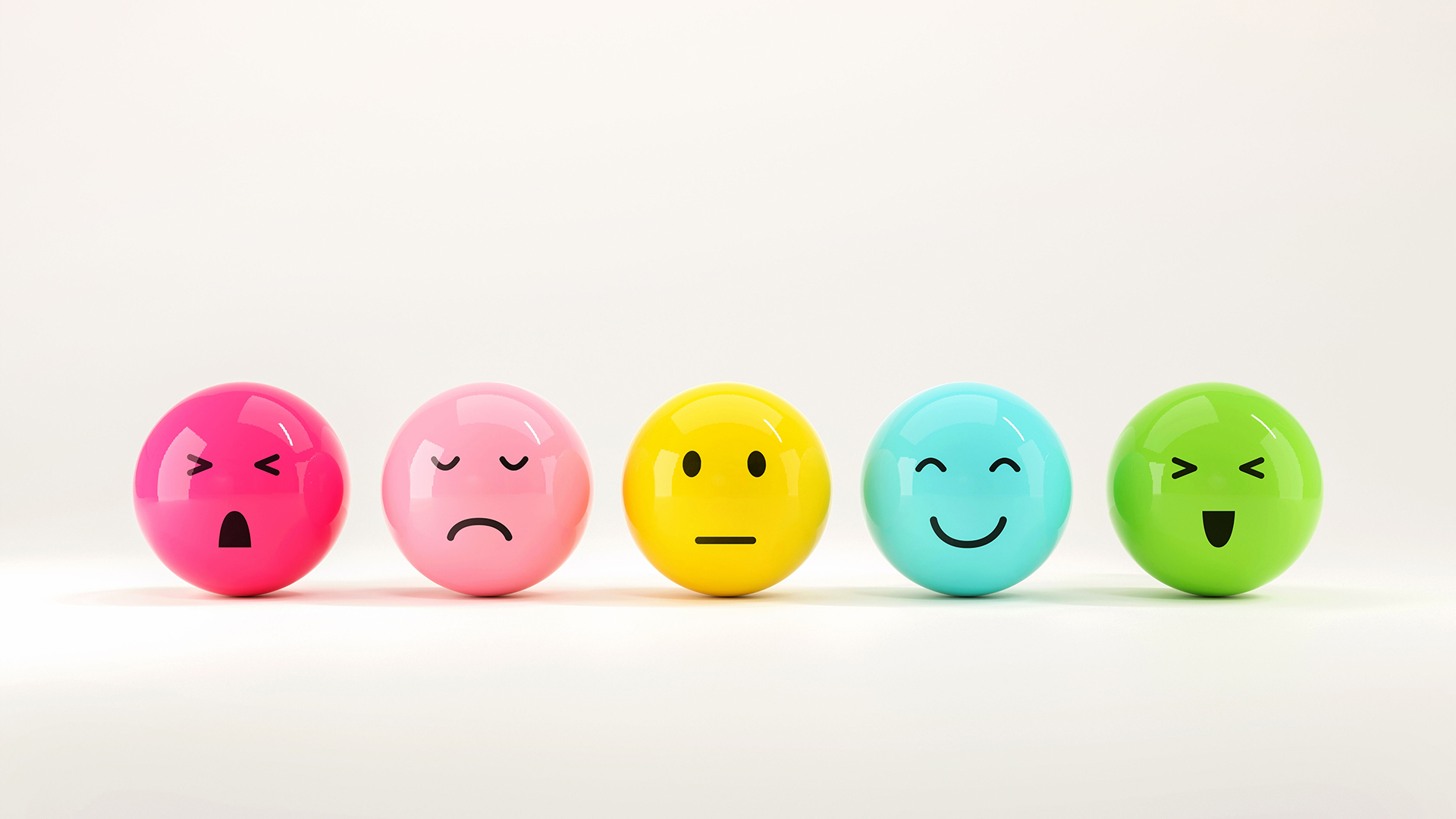
How appealing to customer emotions can lead to sales
We are emotional creatures and our hearts often lead us to purchase and make decisions, even if we’re trying to think rationally! So, businesses need make their customers, or potential customers feel something about their product to encourage sales and loyalty.
Did you know that research shows that up to 95% of purchase decisions happen in the subconscious mind, where emotions rule? This the case across a wide range of purchase categories, including luxury, fashion and beauty, technology and gadgets, travel and experiences, food and beverage, gifts, charity and home décor.
Even when we think we’re making logical purchasing decisions, your emotional response is often taking charge. That’s because the limbic system—our emotional brain—processes decisions faster than the rational cortex.
We must understand the importance of emotions in the consumer buying cycle. This the process people go through when deciding to purchase a product or service. It’s not just about the moment of purchase; it’s about the entire emotional and rational journey leading up to it and beyond.
If you want to sell, and build your brand for long-term success, feelings can be so much more important than logic. So, forget about your customers’ emotions at your peril!
Getting people to feel
To market in a way that truly resonates with customer emotions, you need to go beyond features and benefits—you’re aiming to make people feel something. Tapping into the emotions can be the difference between being noticed and being needed. Emotional triggers like nostalgia, FOMO, and social proof can be used to influence behaviour at every stage of the buying cycle.
Here’s how to do it effectively:
- Know Your Audience Deeply
Understand their desires, fears, values, and aspirations. Emotional marketing starts with empathy. This is an important part of understanding consumer behaviour too! Find out more about consumer behaviour in our Marketing Focus series of articles. - Focus on One Dominant Emotion
Campaigns that centre around a single emotion—like joy, nostalgia, fear, or hope—tend to be more impactful. - Tell Stories, Not Just Facts
Stories create emotional connections. Use narratives that reflect your audience’s experiences or dreams. - Use Visuals and Music Strategically
Colours, imagery, and sound can evoke powerful emotional responses. Think of how a slow piano track changes the tone of a video ad. - Create Relatable Characters or Scenarios
People connect with people. Use characters or situations that mirror your audience’s lives or struggles.
You’ll see the clearest examples of emotional marketing campaigns over the Christmas period, where stores like John Lewis, brands like Coca-Cola and charities across the board tug on our heart strings and encourage us to buy more to have the Christmas our families deserve, or to give to those in need. However, we’re being emotionally targeted by brands all the time!
When insurance companies trigger fear by showing the consequences of being unprepared, or charities tap into our empathy by showing real human stories of suffering, or brands that appeal to our sense of belonging by building communities and tribes that we want to be part of – this is all emotional marketing.
Take a look at the advertising or marketing that has really left an impression and you’ll find that it contains at least an element of emotional marketing. It’s powerful stuff!
Online marketing and emotional targeting
Social Media Examiner recently published an interesting article about how emotional marketing can help online marketers get off the “deadly hamster wheel of optimization”. They explain how when we get too deep into the data and try to optimise every aspect of our website, we lose focus on who the website is for and can end up optimising the wrong things.
The article explains, “Conversion optimization isn’t about changing elements on a page—it’s not about the headline or the pop-up. It’s about solving people’s problems. If you can identify the problems that people are coming with to your website, then you can create experiences that solve them. That’s the whole point.
When someone lands on your website, they should be able to say, “Oh my gosh, this is exactly how I feel. This is exactly the gap that I’m missing. This is what I need in my life.” As they read through the content, they should think, “Yes, okay, there’s someone like me who’s done this, who’s felt this way. They have all this stuff. This is incredible. Yes, please sign me up, take my money.”
This isn’t about manipulating people or making them feel emotions that don’t exist. You’re resonating with them and saying, “Hey, I know how you feel. I know what you’ve tried before. Here’s a better way, and let me show it to you.”
It goes on to give loads of tips on how to do it right and is an excellent resource for anyone interested in applying emotional targeting to their online marketing efforts. Read the article
How can you do it?
Emotional marketing campaigns that hit the mark don’t just sell products—they spark feelings, ignite memories, and build loyalty. Thankfully, it’s not just the big brands, with big budgets that can do this, small businesses can get in on the act too.
When you’re writing your copy, use language that evokes feelings—words like “imagine,” “remember,” “you deserve,” “don’t miss.” Check your website and your sales copy and see if it’s hitting the mark. If not, refine messaging to align with emotional triggers like nostalgia, empowerment, or belonging.
A very cost-effective way to tap into emotions and build up trust is to showcase real customers telling their stories via testimonials and user-generated content. Testimonials and reviews can tap into emotions like trust and reassurance.
Through public relations and supporting charities, you can align your brand with a cause or belief system that your audience cares about and do good at the same time!
To maximise the success of your campaign, align your emotional message with your brand’s values, so that the connection with your brand makes sense. Aim for relatable storytelling, which reflects real human experiences and taps into a current cultural conversation or social cause which is resonating with your ideal clients. It’s also important to hero the emotion, rather than the product and have your branding in a more subtle and unobtrusive way, so the story is king, rather than the product. This will leave a lasting impression and your brand will be associated with it in the subconscious, which is more powerful over time.
Top Tip – Don’t just ask people to buy: The call to action matters. Invite them to join a movement, support a cause, or change their lives. Emotional campaigns often inspire action beyond the transaction, so companies need to see the bigger picture for the brand value and power, rather than simply want to use it to sell.
An effective emotional marketing campaign is like a well-composed symphony—it stirs the heart, sticks in the mind, and moves people to act. Try it in your marketing and see how it changes response.


